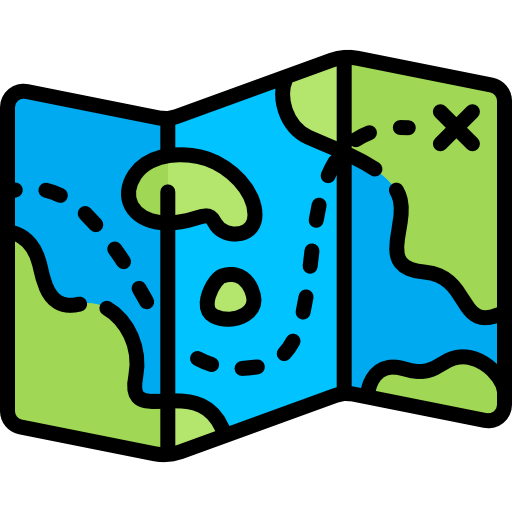Total commoner here that does not understand projection and such on maps, but I know that the popular map and commercial globe somehow does not show the true size of a country/area.
My first question is, how could a globe (which supposed to be a representation of earth from space) does not represent true size of an area?
Second one, can we produce a map that shows the true size of an area but can also be used for navigation?


Give GIS Geography a try. Seemed to answer the basics. 🤷🏻
That’s not really “simple”, and certainly doesn’t give examples of different kinds of projections and their pros and cons. Yeah, I understand it. But most peoples’ eyes will glaze over, and it seems to me that OP could use a simpler explanation. There are better ways to make this information accessible and digestible.
Here’s a clip that I found really helpful:
https://youtu.be/kIID5FDi2JQ
I responded with probably a similarly eyes glaze over massage to your above comment. To simplify it, make a cone with paper. Cut off the extra. Unroll your cone and draw something. Take a picture of it. Then go back to the cone shape with maybe some tape to hold it together. Take a picture from the pointy side. Take a picture from the side. Compare all three images. It should highlight the differences and should be a little more distorted than a globe but much easier.
deleted by creator
I’m sorry there was a miscommunication here. I read your comment about eyes glazed over after I had already made my first post in this thread. I was saying I made my own first post too boring/inaccessible for the audience (the one you were describing). I realized my first one was not catering correctly. The eye glaze was directed at my own explanation (not the intended audience). I want to make it as accessible as I can. I just didn’t do it as well as I was hoping.
I realized I was being pointlessly reactionary and deleted my post. Sorry for the toxicity, and also that I didn’t delete it before you saw it. xD
Either way, wow, this is refreshing.
Edit: I guess my issue with the page is that if you’re trying to teach a person who is struggling to grasp, you want to cut out the extra material, the math, the geometry, the technical terms— and start with a visual introduction to map projections. Show a globe cut up and flattened out, show it struggling to flatten, show it tearing, then people will get the issue immediately. Then start showing how globe-likes can be cut. Then give people footage of a map being stretched to fit certain projection shapes for the sake of a convenient projection. If you show people that and cut your sentences down to a few, then you have laid the foundation. Then you can start building on that for the more complicated stuff.
Some people can learn in the “nerdy” way via reading and technicals, but not most people. I always advocate for a more practical, visible foundation. I mean, people are usually such strongly-visual learners that— even though I can tell you the world’s only sane definition of “role-playing game”, nobody will ever agree with me because their eyes (and association fallacies) lie to them. Peoples’ whole understandings/definitions of many things are based on what they see.
But I digress.
Simple is relative I guess. I thought the article touched on the basics and even provided links to more in depth explanations.
There’s nothing simple about converting 3D to 2D. The best way I can think of is to show it happen in real time either physically or with animation to show how it works. Words are nothing compared to visualization in my own experience.